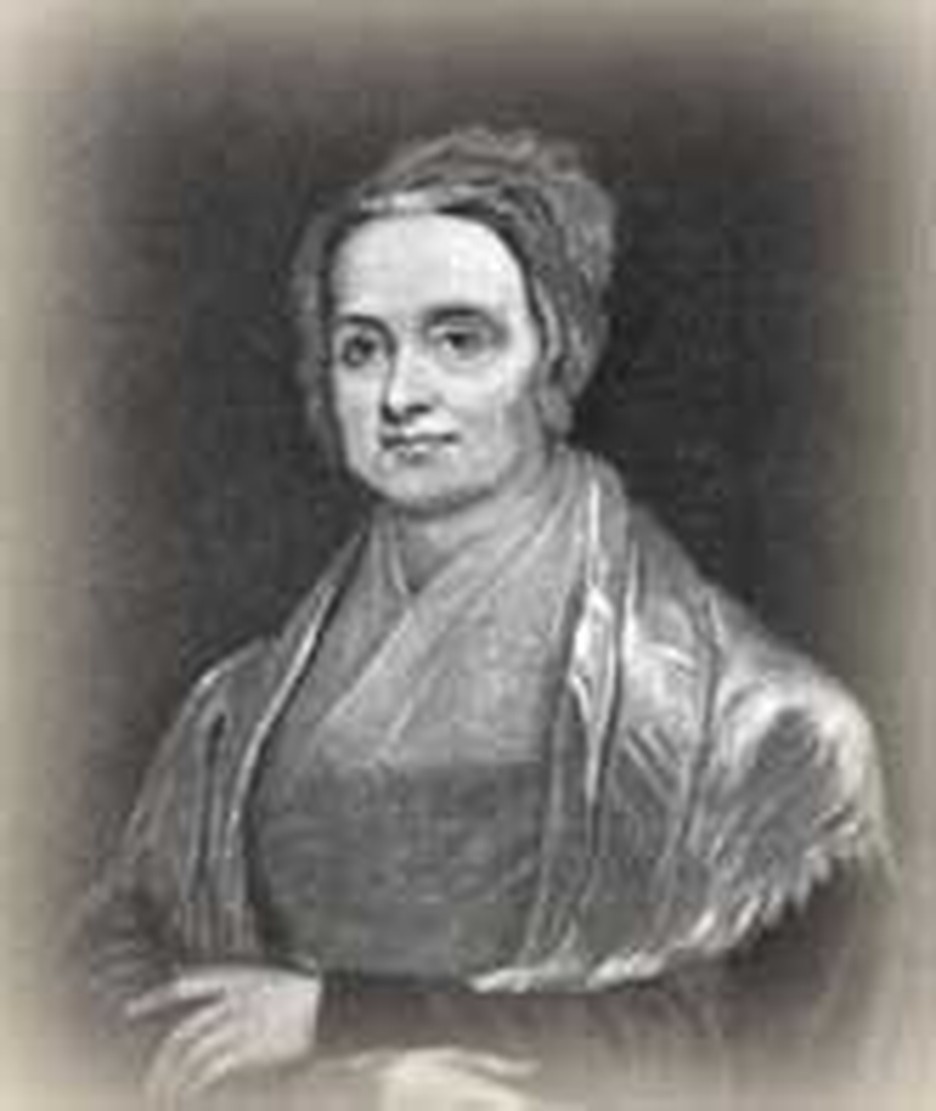
It is high time we publicize the wrongs done to women," said Elizabeth Cady Stanton. It was July, 1848. Of the five women gathered in Martha Wright's home in Waterloo, New York, all except Elizabeth, were Quakers. One of them, Lucretia Mott, was a preacher. Most had been active in the movements against alcohol and slavery and had attended conventions.
"You're right," they said. What women needed was a convention to air their views. It still galled them that at the World Anti-Slavery Convention held in London in 1840, Lucretia and Elizabeth had been refused participation although they were official American delegates. In fact, they had been forced to sit behind a screen. It was time to end this bias. Action must be taken!
That is why those who read the ads in the Seneca County Courier on July 14th, saw this notice: "A Convention to discuss the social, civil and religious condition and rights of woman, will be held in the Wesleyan Chapel, at Seneca Falls, N.Y., on Wednesday and Thursday, the 19th and 20th of July, current; commencing at 10 o'clock, A.M."
Elizabeth Cady Stanton was delegated to draw up a document representing the sentiments of the women. Modeling her manifesto on the American Declaration of Independence, she stated eighteen wrongs and emphasized strong religious reasons for women's rights. "All men and women are endowed by their creator with inalienable rights."
A woman must be allowed to act as her conscience dictates. "...being invested by the Creator with the same capabilities and same consciousness of responsibility for their exercise, it is demonstrably the right and duty of woman, equally with man, to promote every righteous cause by every righteous means; and especially in regard to the great subjects of morals and religion..."
Christ Jesus treated women with respect. Not surprisingly, Christianity has elevated women more than any other world religion. And so it was that Christian women in a Christian church acting on a largely Christian agenda initiated the women's rights movement on July 19, 1848.
About 300 people gathered, mostly women. All of Elizabeth's resolves passed unanimously, except the demand for the right to vote. "Why, Lizzie, thee will make us ridiculous," Lucretia Mott protested.
But ex-slave Frederick Douglass encouraged the women to go for it. As Elizabeth later said, "...the power to make the laws was the right through which all other rights could be secured."
The Seneca Falls meeting was booed across America. But it drew attention to gender discrimination. Despite this hopeful beginning, it was seventy years before women got the vote. Only one woman who attended the Seneca Falls convention was still alive to cast her vote.








